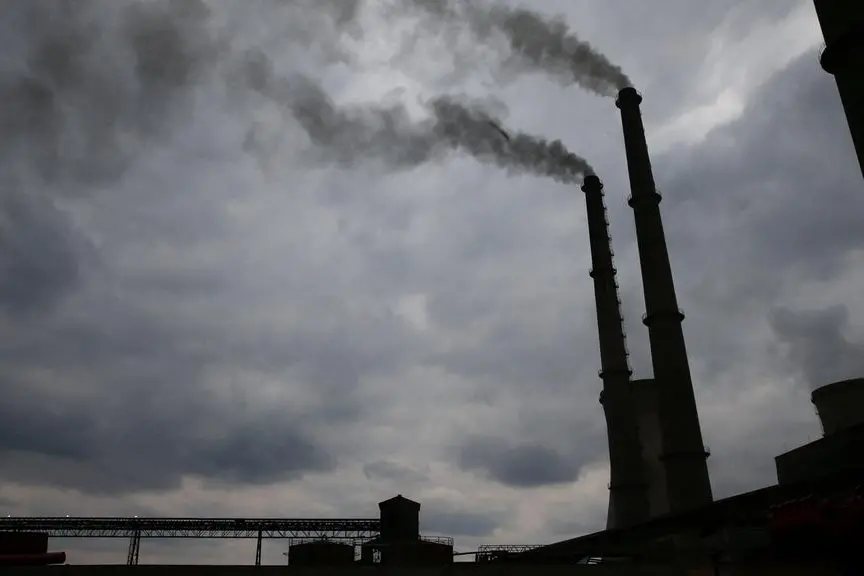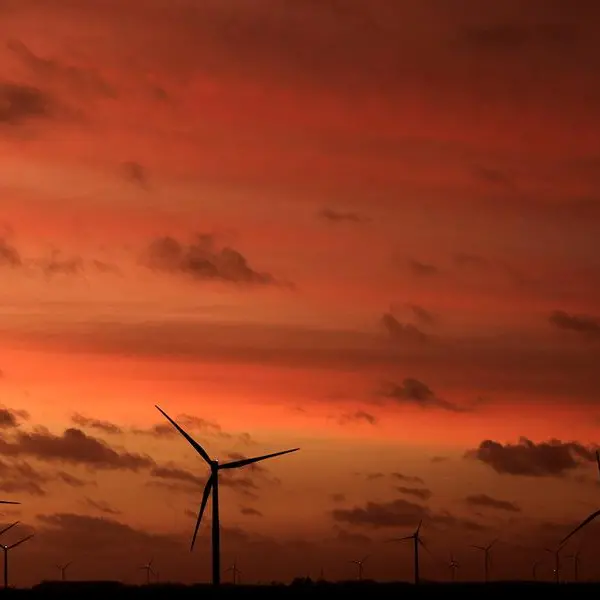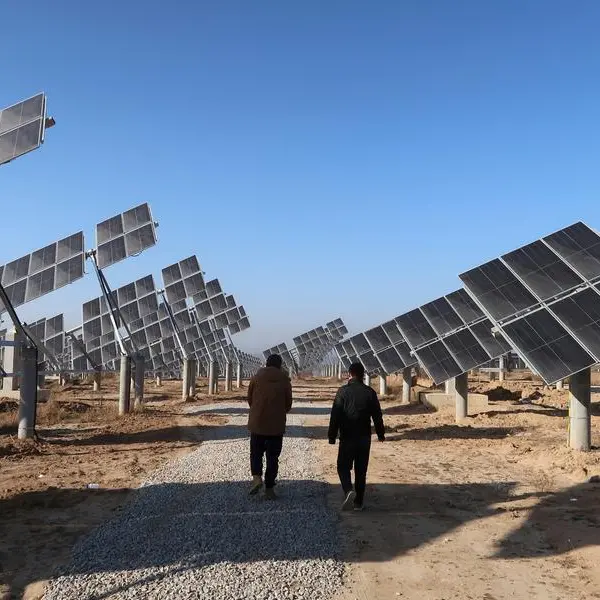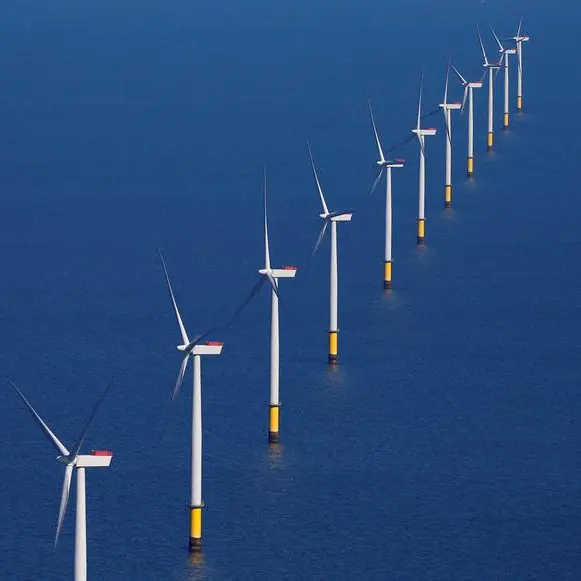PHOTO
(The opinions expressed here are those of the author, a columnist for Reuters.)
LONDON - China’s heavy spring rains have enabled the country to use its massive cascade dams more fully, boosting hydroelectric output sharply and reducing the need for coal-fired generation in May.
Hydroelectric generation surged to 115 billion kilowatt-hours (kWh) in May 2024, up from 82 billion kWh in the same month last year, when a prolonged drought lowered river levels.
Hydro generation was the second highest for the time of year in the last decade and not far below the record 122 billion kWh following heavy rainfall in the spring of 2022.
The centrepiece of the system is a series of six enormous cascade power stations, stretching 1,800 kilometres (1,118 miles) along the Yangtze, with 110 individual generators and a combined maximum output of 72 million kilowatts (kW).
Stations at Wudongde, Baihetan, Xiluodu, Xiangjiaba, Three Gorges and Gezhouba can meet the annual electricity needs of 54 million people and save up to 15 million metric tons of coal if fully utilised, according to Xinhua.
But prolonged drought between the middle of 2022 and the end of 2023 meant generation was sharply reduced, including at the newly finished Baihetan, the world’s second largest hydroelectric project.
Since the start of April, however, spring rains across southern China have been heavier than average, swelling river volumes and enabling much more use to be made of hydro stations.
The system is bracing for the imminent arrival of even heavier rainfall in July and August during the wet phase of the East Asian Monsoon.
If monsoon rainfall is average or higher, generation is likely to set a record this summer, surpassing the previous high four years ago, given the massive expansion of capacity since 2020.
In 2020, China had installed 370 million kW of hydroelectric capacity and generated a record 1,214 billion kWh over the year. By 2024, capacity had climbed by 14% to 423 million kW, creating potential to set a new record.
Chartbook: China hydro generation
In May, China also generated record amounts of electricity from wind and solar farms, as a result of the deployment of additional generating capacity over the last two years.
Wind generation increased to 77 billion kWh from 74 billion kWh in May 2023 and 59 billion kWh in May 2022, according to data published by the National Bureau of Statistics.
In the same month, solar generation soared to 36 billion kWh from 24 billion kWh a year ago and 21 billion kWh in 2022.
Increases from hydro (+33 billion kWh), solar (+12 billion kWh) and wind (+3 billion kWh) last month were more than enough to meet consumption growth while diminishing the need for thermal power (-17 billion kWh).
As a result, thermal generation, mostly from coal-fired units, declined to 454 billion kWh in May 2024 from a seasonal record 471 billion kWh in May 2023.
Lower coal combustion means lower carbon dioxide emissions – helping progress towards the government’s target of emissions peaking before 2030.
But most of the country's major potential hydro sites have been developed so further increases in generation are likely to be limited.
Longer term progress towards peaking emissions will depend on growth in wind, solar and nuclear, as well as policies to increase energy efficiency and dampen load growth.
John Kemp is a Reuters market analyst. The views expressed are his own. Follow his commentary on X https://twitter.com/JKempEnergy
(Editing by Barbara Lewis)























